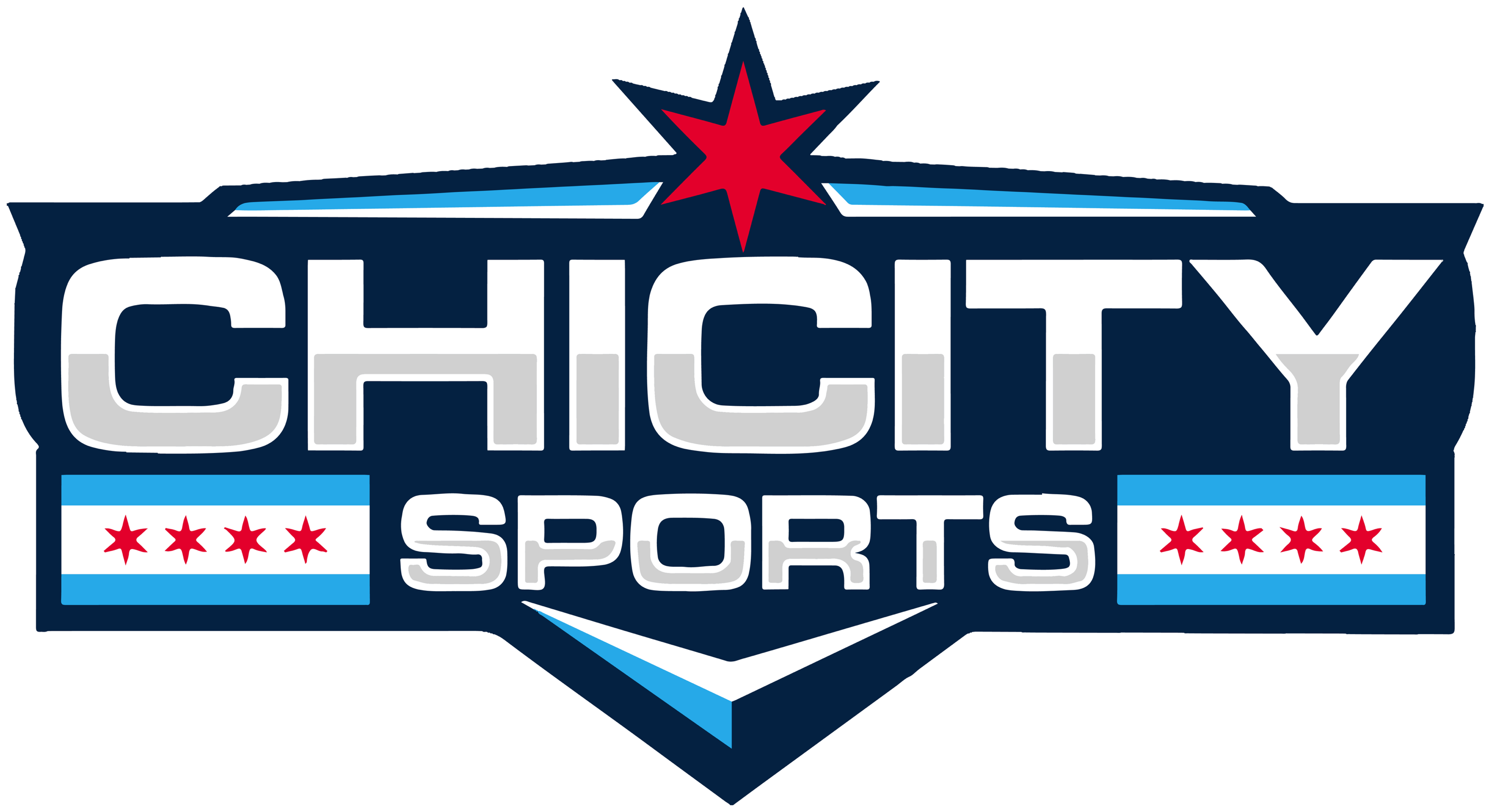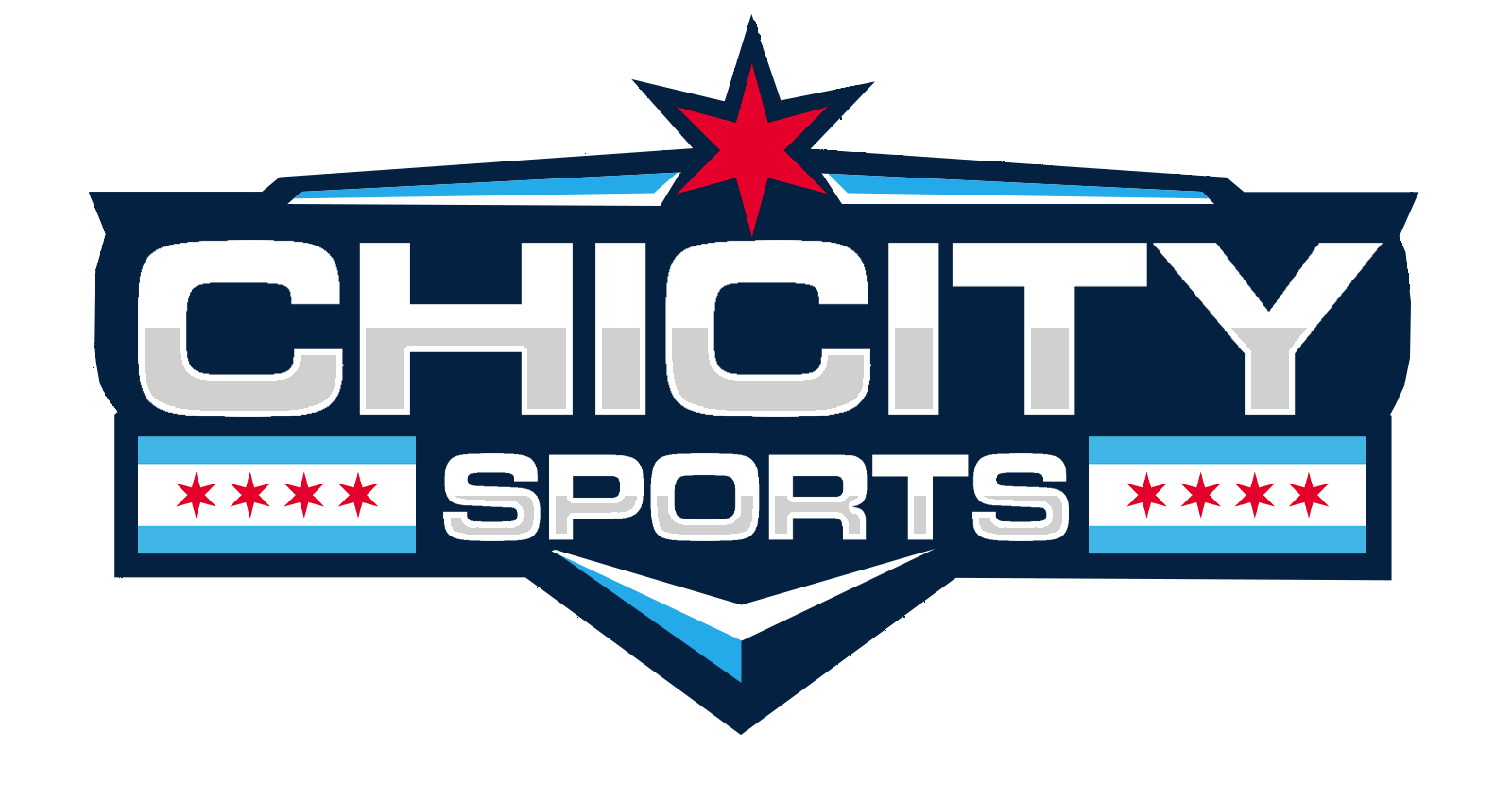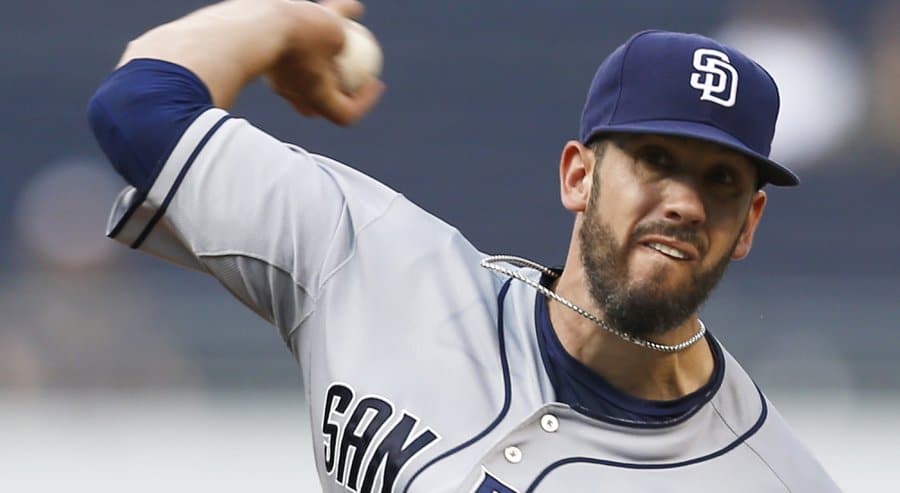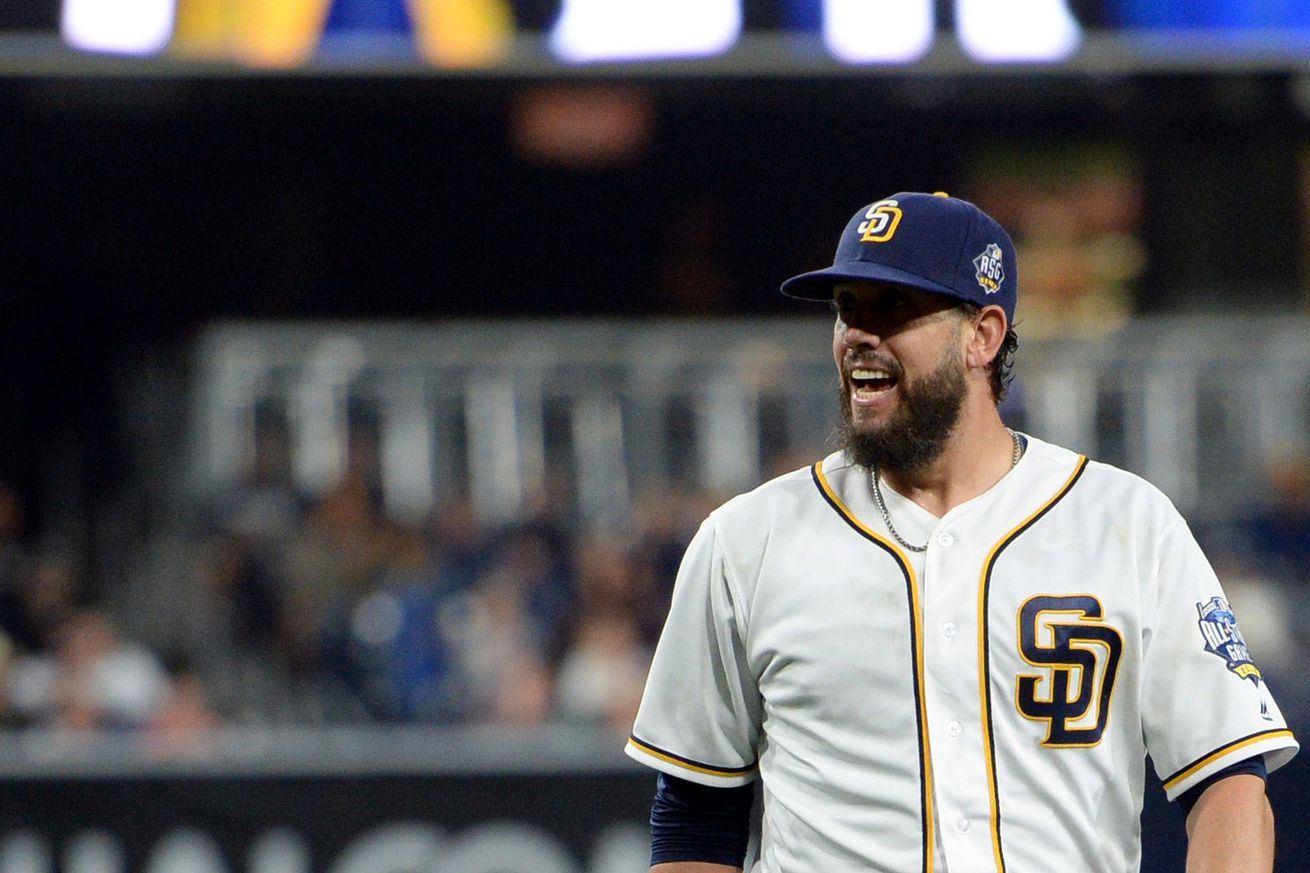The White Sox made their first big move of the 2016 season, acquiring veteran pitcher James Shields from the San Diego Padres. In addition to bolstering their starting rotation, the move also announces the Sox commitment to compete for the division throughout the season.
Shields is a 34-year-old right-hander, who signed with the Padres before last season after spending his entire career in the American League up to that point. He currently is 2-7 with a 4.28 ERA, but those numbers aren’t really as bad as they look, as we will get into in a moment.
In the deal the Sox sent pitcher Erik Johnson and 17-year-old Fernando Tatis Jr., who was signed as an international free-agent last July. Johnson, now 26-years old, was once a top-100 prospect for the White Sox, but could never quite figure things out at the major league level. Perhaps a change of scenery to pitcher friendly Petco Park will do him some good.
Tatis is the son of former major leaguer Fernando Tatis, and was the piece of the deal the Padres coveted. It will be several years before anyone really knows what they have in the young Dominican shortstop, who was not rated as one of the top-30 international prospects, or one of the White Sox top-30 prospects before the season by Baseball America.
In addition to the players changing hands, the Padres will also send a significant of money to the White Sox to help pay the remainder of Shields’ contract. The righty is owed $58 million through 2018, and the Padres will cover $31 million of that. It basically breaks down to the Sox paying $5 million for the rest of this year, and $10 million each of the next two years. Shields does have an opt-out clause after this season, as well as a $16 million team option for 2019 that included a $2 million buy-out clause.
The bottom line is the Sox got Shields without giving up very much talent-wise, and also got the Padres to pay for more than half of Shields contract. That is a win in my book.
So what exactly did the Sox get in Shields? His numbers don’t jump off the page, but as I mentioned above, they are a little misleading.
Shields was bombed in his last start for 10 runs in 2.2 innings of work, by far his worst outing of the season. But if you take that start away, Shields has a very solid 3.06 ERA and a 1.299 WHIP. He had pitched at least six innings in every start of the year before the last one and had allowed three runs or less in eight of his first 10 starts. He is striking out 7.6 batters per nine innings and walking 3.6 per nine.
One number that is concerning is the home runs. Shields allowed a league-high 33 homers last year, pitching at home in a ballpark not known for being very homer friendly. This year Shields has allowed seven dingers, an average of 1.2 every nine innings.
The one thing you can always count on from Shields is innings. He is working on nine straight years of 200+ innings pitched and hasn’t had less than 33 starts since 2007.
While Shields isn’t the pitcher he once was, he can still be a solid, stabilizing force in the back half of the Sox rotation. He will take the ball every five days, give you innings, and keep you in the ballgame on most days. That is something that will help the Sox and their bullpen. It also moves Latos/Gonzalez to the fifth starter spot, which is really where they are best suited.
Following the announcement of the trade, GM Rick Hahn made it clear that this was just a first move, and that the Sox have the ability to make additional deals if they can find the right fit.
So what do the Sox still need?
Well most people, myself included, felt all along that the Sox were one bat short coming into this season. Over the last couple of weeks, that has become even more apparent with the Sox offense struggling to score runs consistently. Ideally, the Sox will look to add a left-handed bat with some power that can plug into the lineup either between or after Abreu and Frazier.
The Sox also could use at least another bullpen arm that can be trusted in the later innings to help bridge the gap from the starter to Jones and Robertson on the back end. However, additional bullpen arms do nothing if they are not deployed correctly.
But adding Shields, and any subsequent moves, will make no difference if the Sox do not figure out a way to end this skid they are in. As we enter play today, the Sox have fallen to just two games over the .500-mark, and are in danger of being swept in Detroit despite sending their top three pitchers to the mound in the series.
Hopefully the Shields deal can give the team a mental boost, because the last two games have been a depressing display of poor hitting, fielding, and relief pitching. One has to wonder if the changes/upgrades to the on-field product will extend to the coaching staff if things do not turn around.
UPDATE: Shields will make his White Sox debut Wednesday against the Washington Nationals at US Cellular Field. He will wear number 25 for the Sox, which was last worn by Adam LaRoche.
For More Great Chicago Sports Content
Get the latest Chicago sports news, analysis, and breaking stories on the Bears, Bulls, Blackhawks, Cubs, White Sox, Sky, and more! Tap the star to add us to your favorites on Google News, so you never miss a story on your favorite Chicago teams.
Follow us on Twitter at @chicitysports23 for more great content. We appreciate you taking time to read our articles. To interact more with our community and keep up to date on the latest in Chicago sports news, JOIN OUR FREE FACEBOOK GROUP by CLICKING HERE




